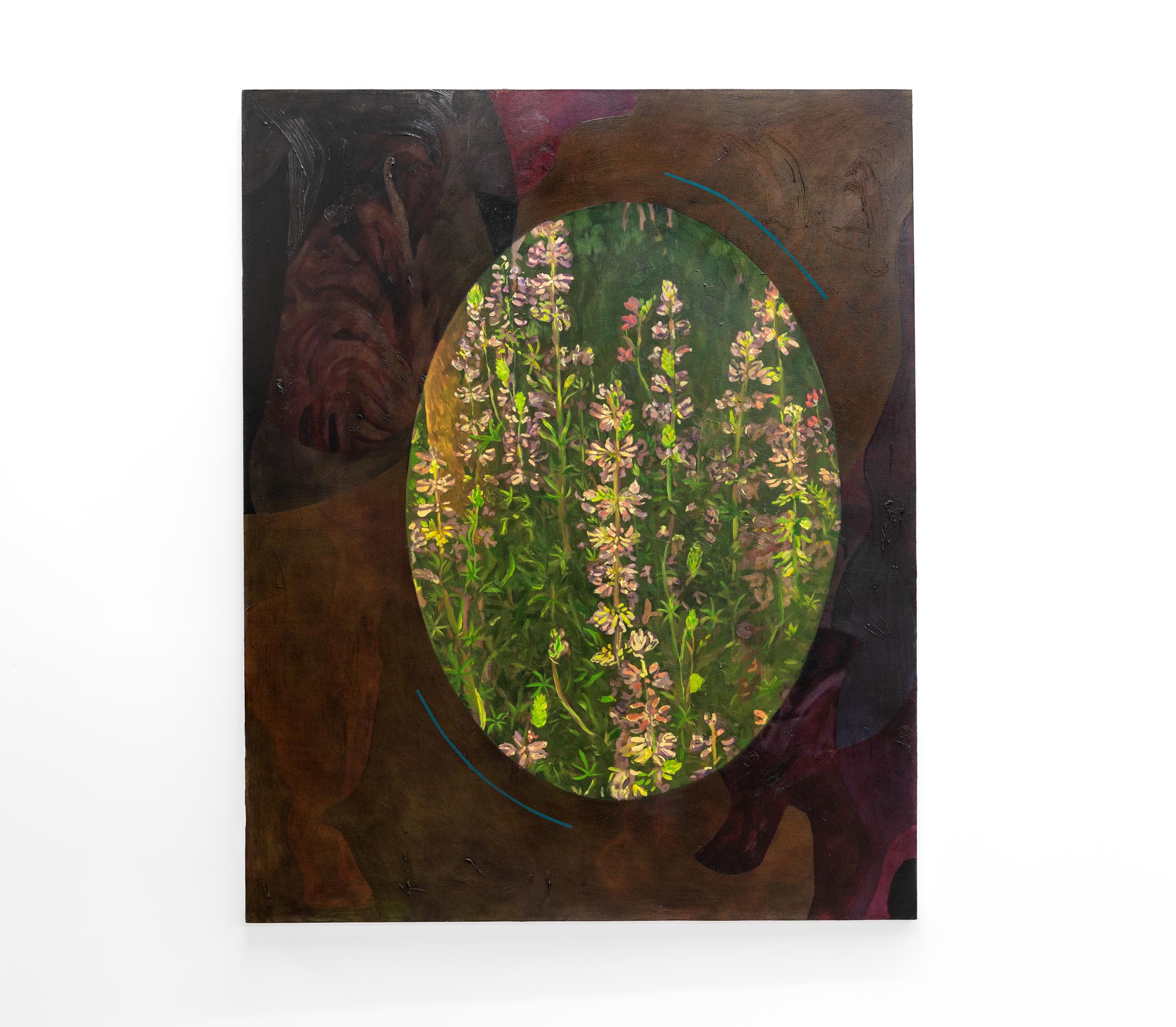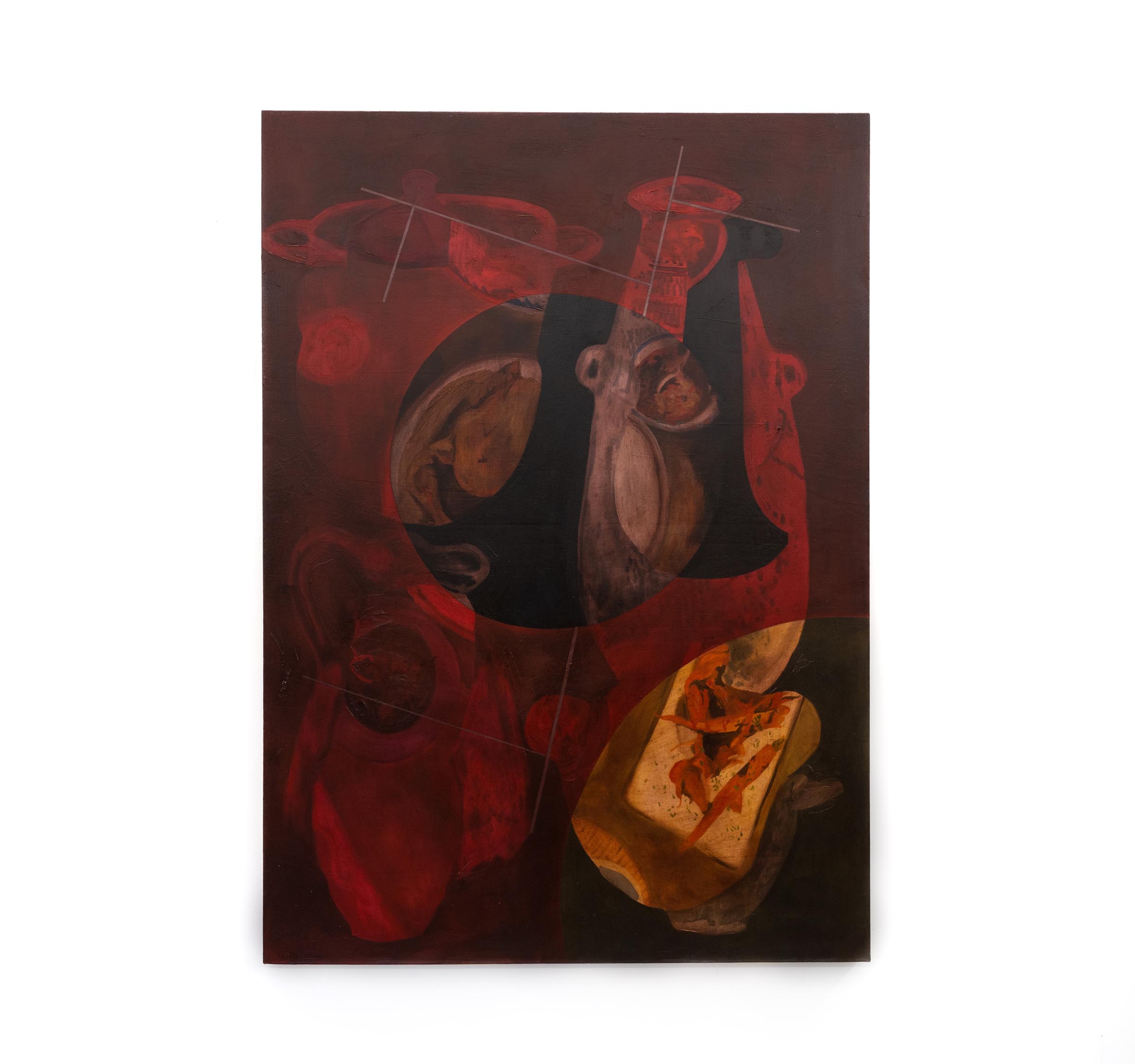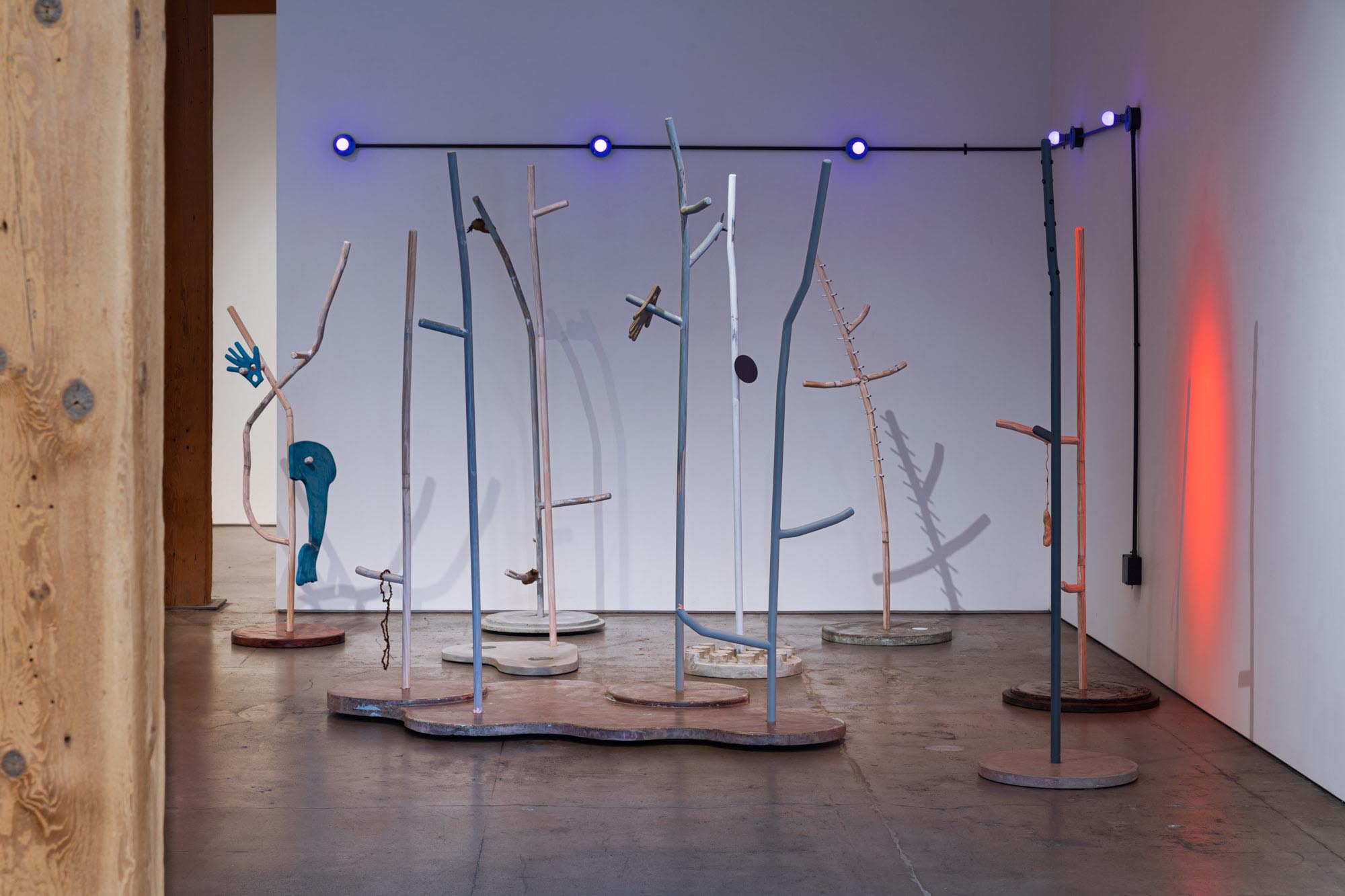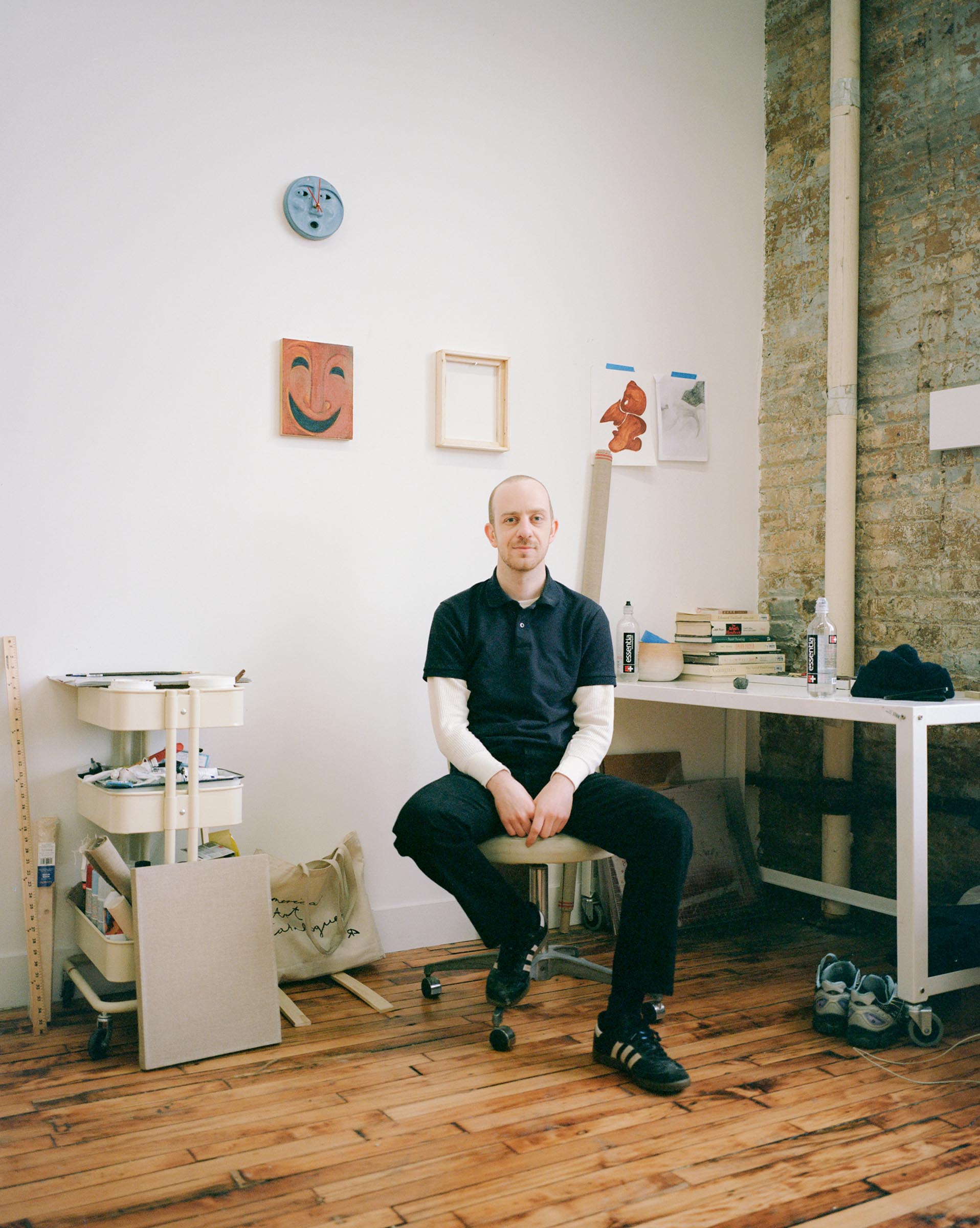
How did you get into making art?
I come from rural Oregon west of Portland from an area that was mostly logging or paper industry towns. The communities were dire economically at the time and my family was no different. I had very little exposure to art until my mid-twenties and found art in night classes at a local community college while I worked at a fabrication shop during the day. I went to an alternative high school where I mostly learned how to do hard drugs and if we were caught smoking cigarettes our punishment was making quilts that the school would sell at the county fair to raise funds. This may be the first site in which I encountered the community aspect of being creative and found the restorative nature that creating art has. I never met an artist or a model of what that could be until much later. I fell in love with art later first through the gateway drug of art, painting and later found a kinship to sculpture through my fabrication experience. This led deeper into the ghostly apparitions of ephemeral conceptual art and other forms of making later.
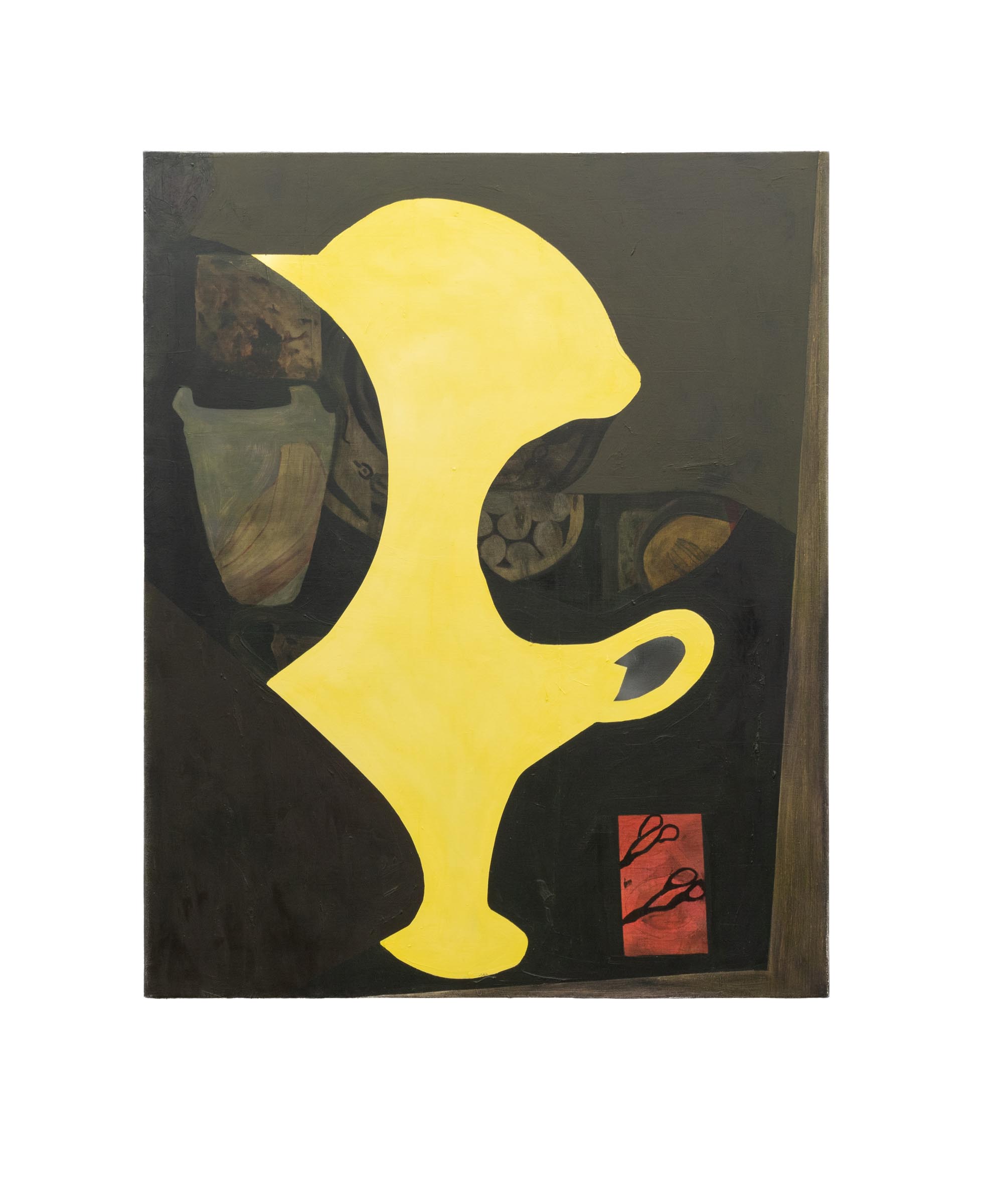
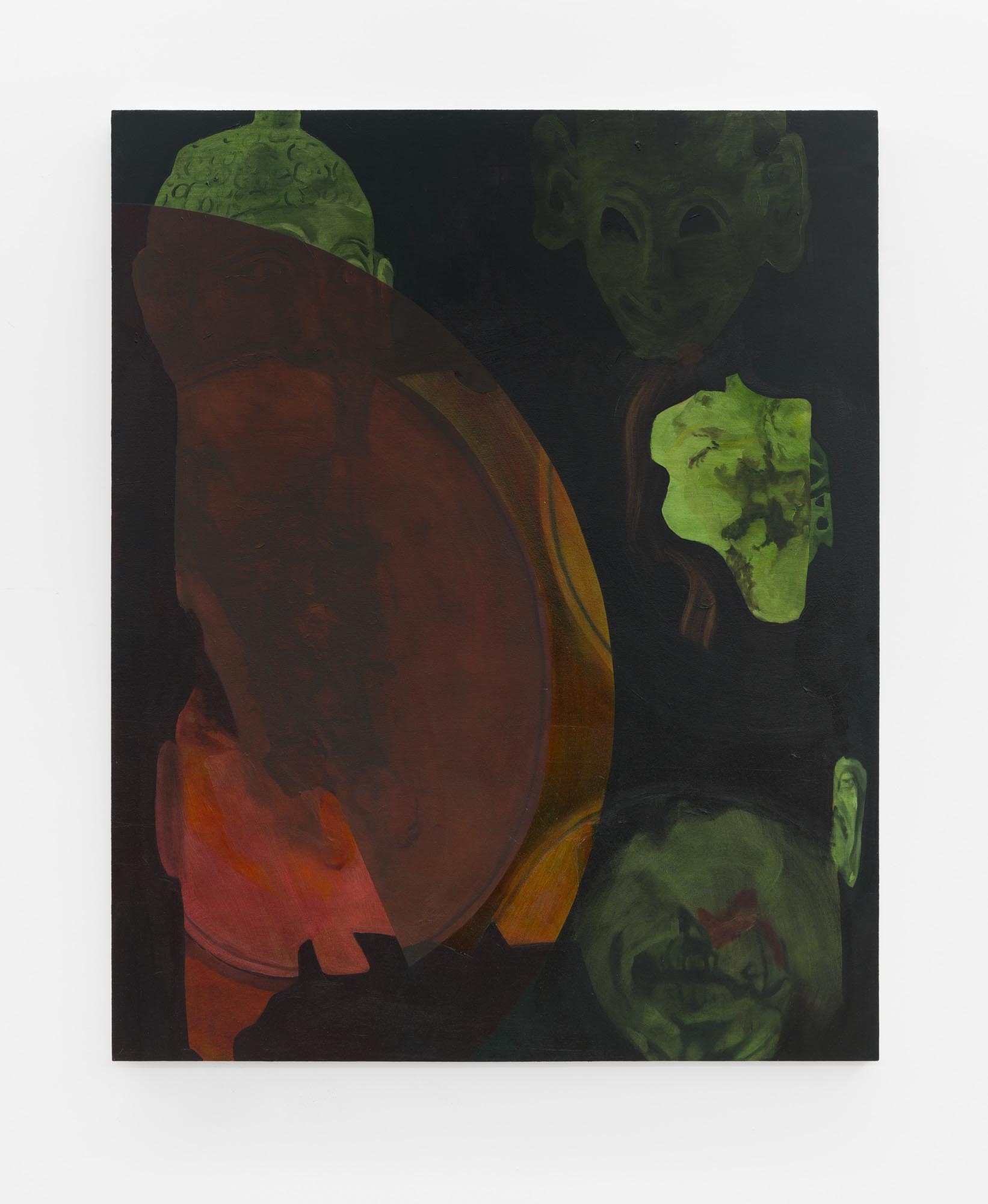
What are you currently working on?
I continue to work on series that have formed and shifted over the years in different media that loosely all focus on a poetic and imaginative sensibility of the stage to think about the historical material conditions that structure everyday life. Working within this theatre of survival, my practice looks at the way human rituals of care create interior spaces as a form of resistance against exterior forces of violence. This has changed visually from project to project but remains a through current that gets positioned with more specificity in each exhibition.
I am currently most interested in finally bringing an actual performance aspect to my sculptural work. This will take some time to develop, and, in the meantime, I am working on some upcoming exhibitions.
One of them looks at the prophetic nature of sound in the landscape and the unique horrific presence of violence in the history of stories like the Pied Piper

Working within this theatre of survival, my practice looks at the way human rituals of care create interior spaces as a form of resistance against exterior forces of violence.
Derek Franklin
What inspired you to get started on this body of work?
In the past, I found myself caught up in a practice of abstractly imaging meaning out of historical connections that could build a narrative that may be opaque to viewers. From this position, I wanted to focus more on the poetic and emotive qualities that can express meaning much more efficiently than many other forms of language and felt it was important to speak through a more common human vernacular that of survival. Looking at the things we do every day that act as release valve for all the disappointments the world brings us today.
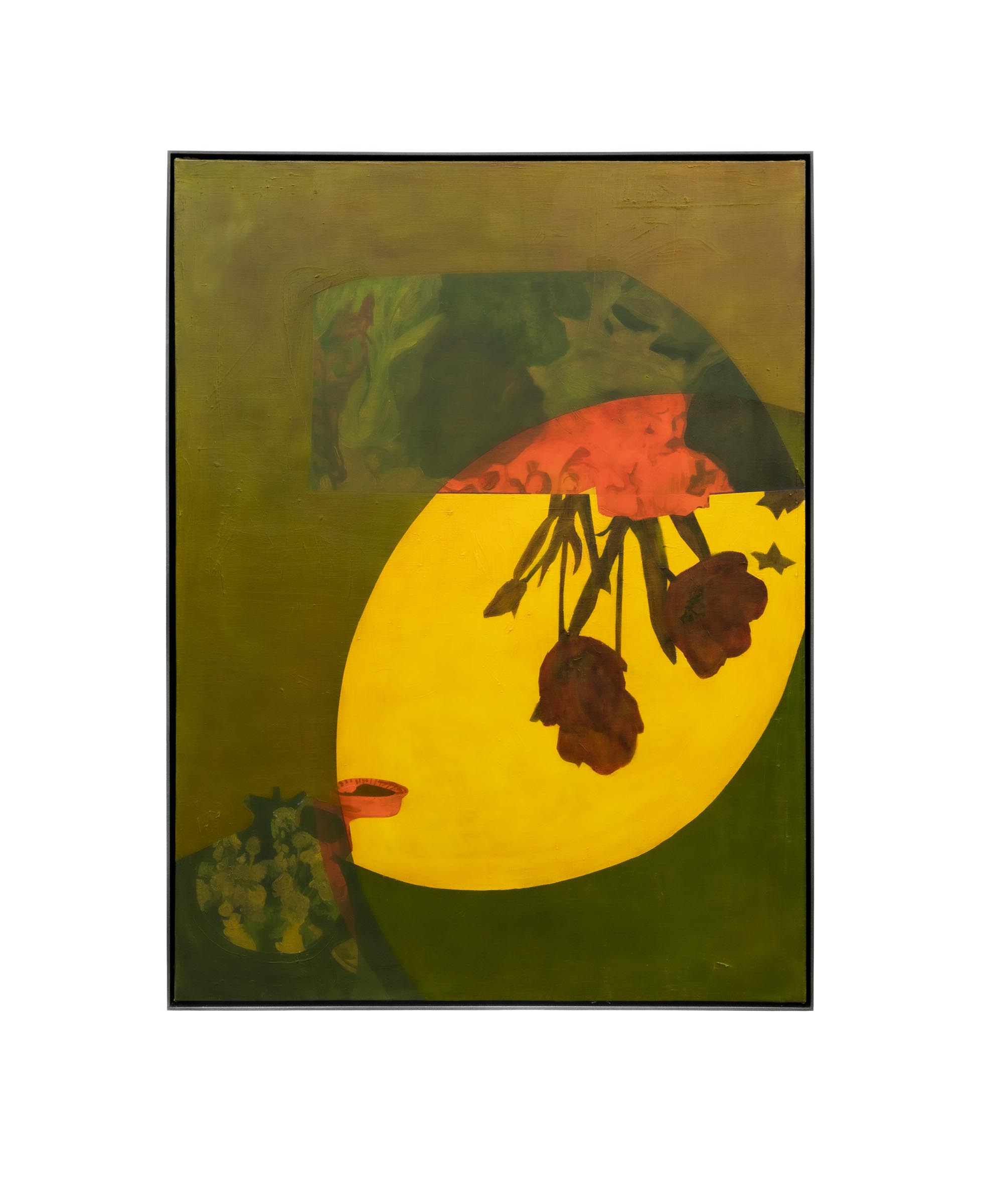
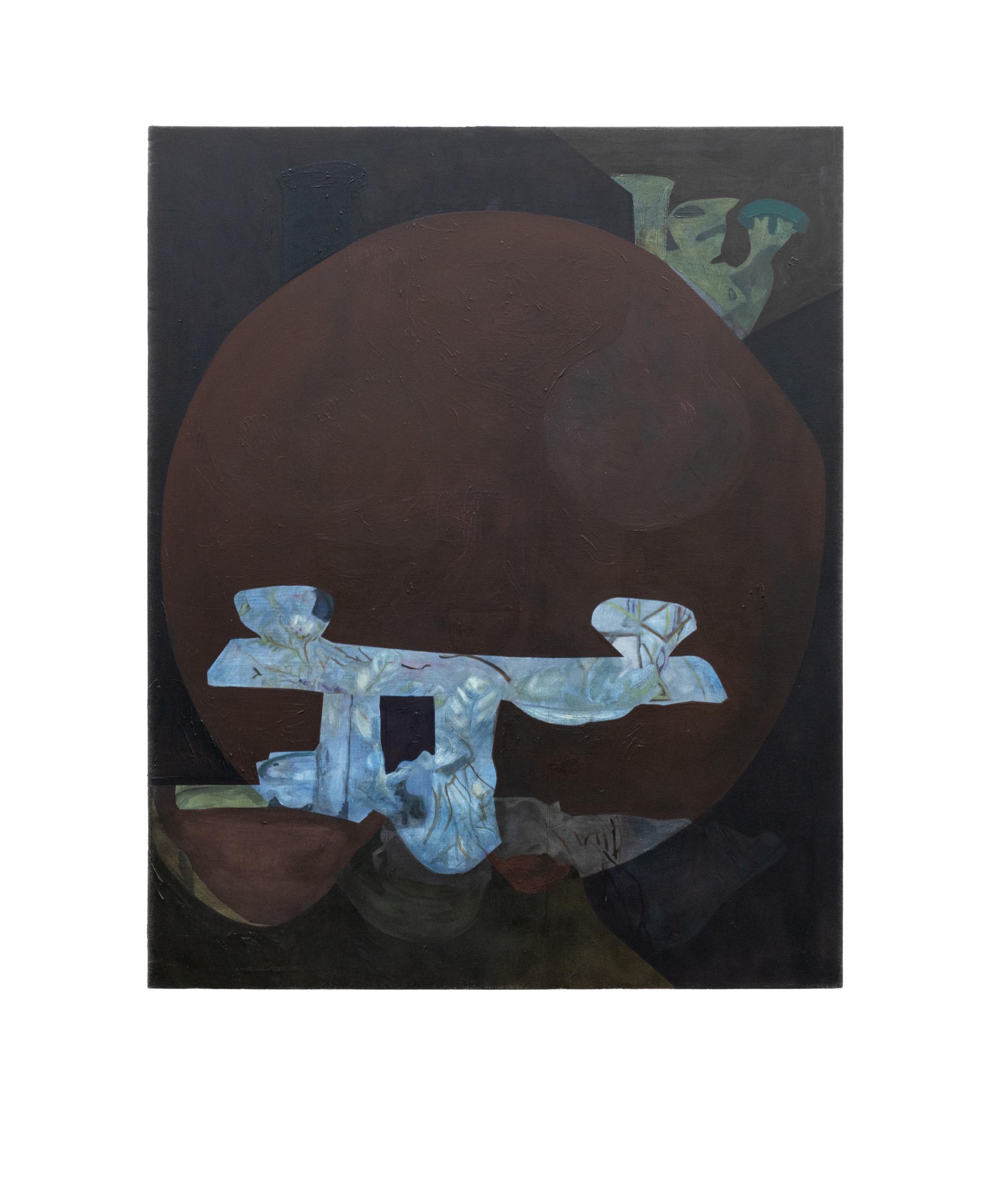
Do you work on distinct projects or do you take a broader approach to your practice?
Both, distinct project and a broader approach are important to my practice. I have a group of 5-6 ongoing series of work that I continually work on and try to progress further in a traditional studio production sense, while working on this I also do research and subtle ways to push a more specific context which plays out most clearly in the exhibition space. This most frequently plays out visually in the interaction of sculptural objects with painting and who they interact to make more directed conversations around meaning and content.

What’s a typical day like in your studio?
I have six kids, four of which are still at home, run a gallery called SE Cooper Contemporary on the same property and work as the artistic director of a International Triennial called Converge 45. This formation of life means a day in my studio can look many ways from gallery visitors ending up inside my studio, from attending Zoom meeting on curatorial projects while looking at paintings across the room to being surround by kids both my own and others. It is a different format from other artists as there is never a normal day and I am rarely alone while working but it seems to work for me and create a productive atmosphere.
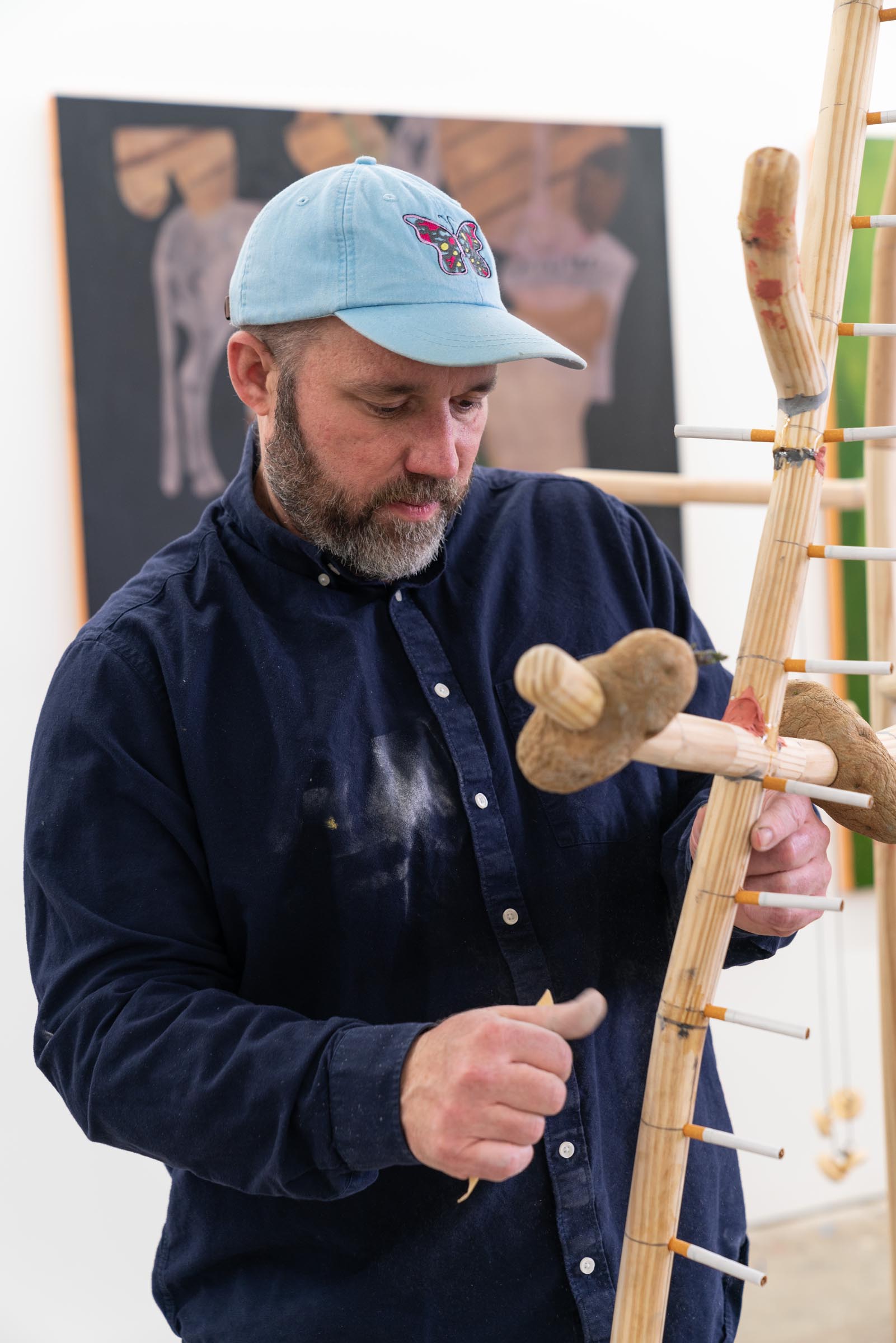
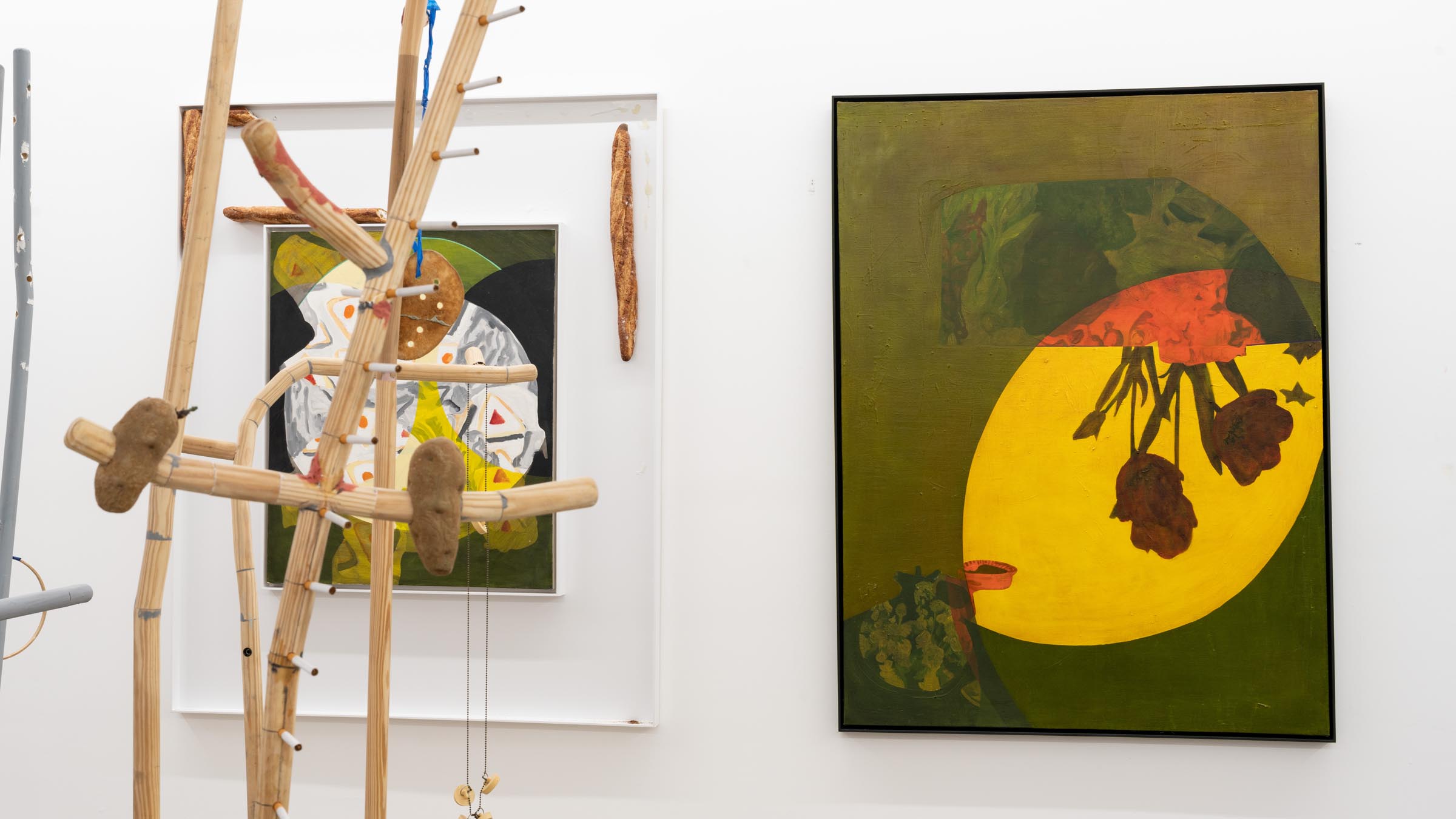
Who are your favorite artists?
Today they are Pope.L, Anicka Yi, Azza El Sidique, Lazlo Maholy Nagy, sidony o’neal, Oshay Green, but really, I try to be open to the transformative power of all art and find many artists important to look at and learn about for a vast ecosystem of reasons. My favorites change with the seasons and some hold longer than others
Where do you go to discover new artists?
I travel a lot both in IRL and on the world wide web to look at art. I am very lucky to be able to go out and see a lot of art in person and have a great network of peers that are constantly sending me new art to look at and resources to read.
Learn more about the artist by visiting the following links:




